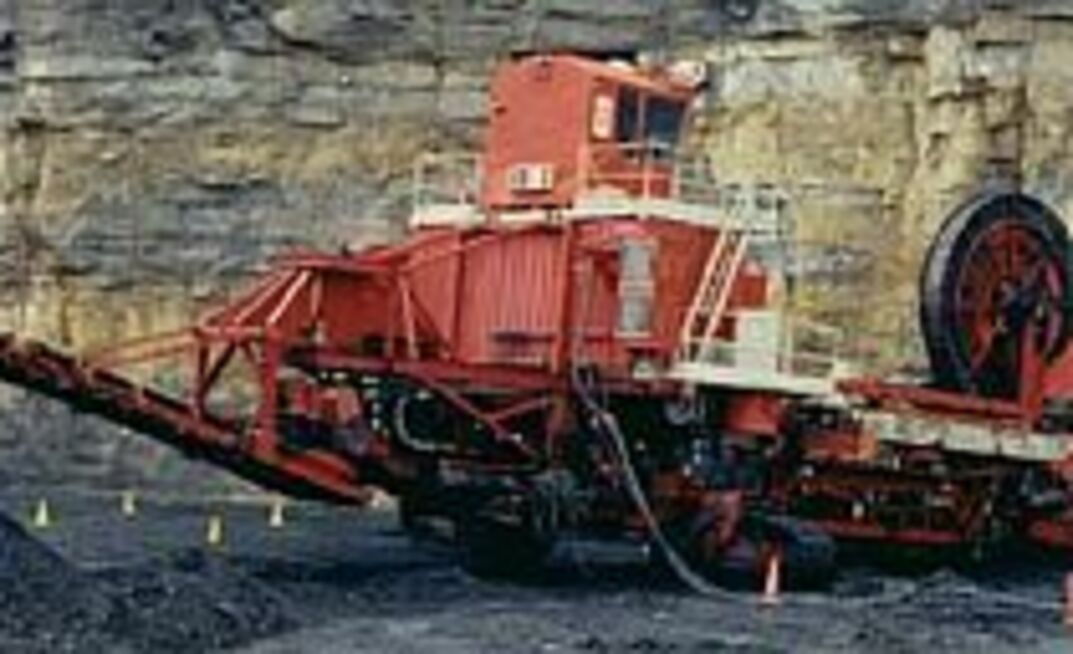The technology is owned by Superior Highwall Miners (SHM), a West Virginia-based company that showcased the concept to the Australian industry at the AIMEX show in Sydney. SHM president, Steve Antoline said the response was positive and that people were surprised at the simplicity of the technology.
Highwall mining in Australia has had mixed success with approaches ranging from automated continuous miner configurations to auger technology. In the last three years highwall mining in Australia has taken a backseat with most of the fleet of about five mining systems standing idle. This is largely a factor of the coal price and the exchange rate which has extended the life of open-cut operations. A recent development is the advent of punch longwall mining, another approach to mining highwall resources.
Some 26 of the SHM machines currently operate in US mines owned by companies including Peabody, Massey and Cline Resources. Russian mines have just placed orders for two systems, which will be delivered in late 2003 with more orders in the works.
The initial design was a vertical discharge style machine designed to mine low seams from narrow contour benches with coal discharged onto the bench. In 2000, the company introduced a rear discharge system, developed to meet the requirements of larger producers with higher seam heights.
The SHM highwall miner is highly mobile by way of four hydraulically powered tracks allowing the machine to move from one highwall entry to the next and be back on coal in 15 minutes. Another advantage of the machine’s modular design, according to Antoline, is that it can be dismantled and relocated to another site within three to four days. This means a single company can economically justify moving the machine to different reserves with a minium of downtime.
“This is not a replacement methodology for either open-cut or underground mining methods,” Antoline said. “However, it can be successfully worked in conjunction with both methods.”
The machine consists of a surface machine that is aligned perpendicular to the highwall face. Mining is by remote control, which extracts coal by mining a series of parallel entries rectangular in shape to depths of 305 meters. SHM claims it to be the first practical highwall mining system that can consistently mine parallel entries to predetermined depths.
“The rear discharge design has proved that mining depths of up to 305m can be achieved with consistent production of over 100,000 tons per month,” Antoline said.
On-board diagnostics are provided via automated PLC controls that allow monitoring of the cutterhead, including methane levels. This monitor will automatically cut off all power to the cutterhead if methane levels are detected at ignitable levels.
The cutting cycle of the cutterhead is fully automated by PLC but as the coal seam varies the machine operator can manually adjust the PLC to allow the cutterhead to accurately follow the coal seam.
As the cutting cycle continues, the cutterhead is progressively pushed into the coal seam to a depth of twenty feet. The connection between the powerhead and the cutterhead is then disengaged, and the sump cylinders retract the powerhead twenty feet to the rear of the machine. At each twenty-foot interval, a new pushbeam is automatically inserted and mining continues to maximum penetration.
Cut coal is transported to the surface within a series of 6m long push beams each containing two 18 inch augers, and then conveyed along the full length of the base frame of the surface machine. As the depth of penetration into the highwall increases additional push beam units are installed. An improvement to the earlier design is a rapid loading push beam magazine system, allowing push beam conveying sections to be introduced faster than before. Time taken to load a push beam with the new system has been reduced by 50%, increasing available mining time.
A three to four man production crew operates the miner with typical availability of 90-93%. A sophisticated time management system allows SHM to monitor machine functions via satellite from anywhere. The system records all functions of the SHM miner. This data can be analysed at the SHM office generating maintenance management procedures for the operator via email.
Work in Australia to date has focussed on evaluating potential sites and various options on arrangements to bring the first one downunder. SHM is hopeful of having one of the systems in Australia by June next year.
























